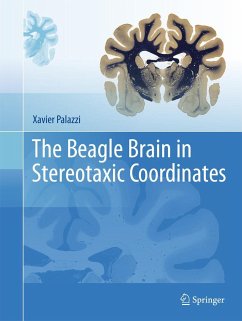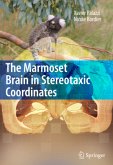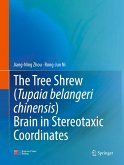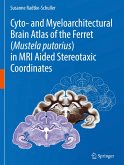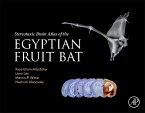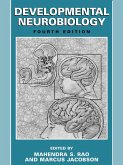Considering that the beagle dog is routinely used in toxicology as a non rodent species and more broadly in the field of neuroscience research, the idea of building a new reference in the field arose, in the hope that an up-to-date and readily available atlas decreases the need to use dogs as controls or for teaching purposes. Moreover, the work serves as a guide to understand the comparative brain structure of other mammals, because although some important differences do exist, particularly in the nomenclature of the cortical sulci and gyri, the similarity of the arrangement of nuclei and tracts is striking.
Hinweis: Dieser Artikel kann nur an eine deutsche Lieferadresse ausgeliefert werden.
Hinweis: Dieser Artikel kann nur an eine deutsche Lieferadresse ausgeliefert werden.
From the reviews:
"This is a full color atlas of Nissl (thionine)-stained and Weil-myelin iron hematoxylin-stained, fixed-frozen coronal brain sections from a 13.5 month old male beagle dog presented as a spiral-bound work with easy to turn, nonbinding pages. ... Overall this atlas is beautifully and artistically presented. ... it will be a primary reference for students, teachers, neuroscientists and neuropathologists. In particular, for the bench pathologist, it is an easy to use source for navigating the beagle brain." (Karen S. Regan, Veterinary Pathology, December, 2011)
"This is a full color atlas of Nissl (thionine)-stained and Weil-myelin iron hematoxylin-stained, fixed-frozen coronal brain sections from a 13.5 month old male beagle dog presented as a spiral-bound work with easy to turn, nonbinding pages. ... Overall this atlas is beautifully and artistically presented. ... it will be a primary reference for students, teachers, neuroscientists and neuropathologists. In particular, for the bench pathologist, it is an easy to use source for navigating the beagle brain." (Karen S. Regan, Veterinary Pathology, December, 2011)

